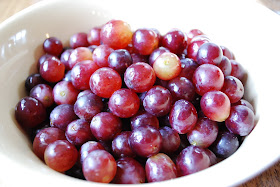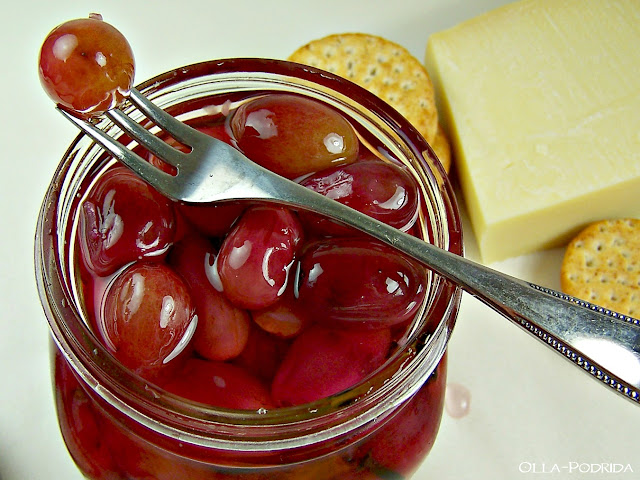
Sure, there are expected grape uses, like a frisee and grape salad. What excited us about this magazine feature is that the grape recipes are extremely varied. And if we're not buying them for snacks, we're getting them for the role of sidekick, where they play second fiddle on a cheese tray at a party. It's not that we don't like them, but when we buy them, we typically relegate them to the realm of snacks. Though grapes are by no means a new fruit to us, they are definitely an ingredient that we pass over time and time again while shopping. Synonyms include: Savagnin, Traminer, Heida, Paien, Nature, Gelber Traminer.Food nerds that we are, we were excited to see a feature about cooking with grapes in the October issue of Fine Cooking. The three have often been confused in Alsace and other territories. Savagnin Rosé is the non aromatic pink skinned version. Its aromatic pink-skinned, spice-scented mutation Savagnin Musqué is better known as Gewurztraminer. In fact, Savagnin Blanc (also known as Traminer) is just one of several "Savagnin" grape biotypes. This both means that confirmed Savagnin can vary greatly in character, and that many varieties with other names share the same DNA. This shows the variety has been farmed for at least that long using cuttings derived from one ancestral plant.īecause it is an ancient variety, it has had lots of time to develop clonal diversity, with variations in berry size and colour, bunch shape, leaf shape, aroma and so on. DNA research published in 2019 confirmed that a 900 year old grape seed found in Orléans, central France was genetically identical to modern Savagnin Blanc. While the latter mistake was claimed by Spanish authorities to stem from the mislabelling of one cutting, much of the difficulty in general can be put down to Savagnin Blanc's age. It is now thought that "Albariño vineyards" in Galicia also contain Savagnin and Caino Blanco. In Australia some of the early imports of "Albariño" in the 2000s turned out to be Savagnin. Savagnin has been at the center of various misunderstandings and errors in identification. DNA profiling has now confirmed Gringet as a distinct grape variety. It was long thought that Savagnin was also to be found growing in the vineyards of Ayze in Savoie (eastern France), under the name Gringet.

It is used to make refreshingly crisp, dry white wines, very different in character to typical Jura bottlings. Just across the Alps from Jura, in the high-altitude vineyards of Valais, Switzerland, Savagnin Blanc goes by the names Heida and Paien. Savagnin-based Vin de Paille does not have a dedicated appellation, but may be produced under the Côtes du Jura and Arbois appellations. These wines are produced via mutage (addition of alcohol to must to stop fermentation) and generally have an alcohol by volume of 15 to 20 percent. These wines were traditionally made from grapes left to dry on loosely woven mats made of straw (paille), which gave rise to the name. Vin de Paille, also a key wine style of the Jura, is made from grapes which have been dried out for several weeks (or even months) in order to concentrate their sugars and flavors. As such they are probably the finest Savagnin wines made anywhere.


The finest examples of of Vin Jaune come from the vineyards of Château-Chalon in the Jura. It also gains the deep yellow color which gives it its name. During this maturation period the wine develops rich, nutty flavors (similar to the fino Sherries of Jerez. This wine is matured in barrel for several years under a naturally occurring film of flor yeast. The Savagnin name has become most synonymous with Vin Jaune. Savagnin Blanc is also present in the Jura's sparkling and dry white wines, where it is often blended with the better-known Chardonnay grape variety, which now accounts for about half of Jura's vineyard area.

Both of which come from the eastern Jura region. Its most famous application is in two of France's most idiosyncratic wines, the Sherry-like Vin Jaune and the sweet, concentrated Vin de Paille. Savagnin Blanc (not to be confused with Sauvignon Blanc) is an ancient white wine grape from the sub-alpine regions of eastern France.


 0 kommentar(er)
0 kommentar(er)
